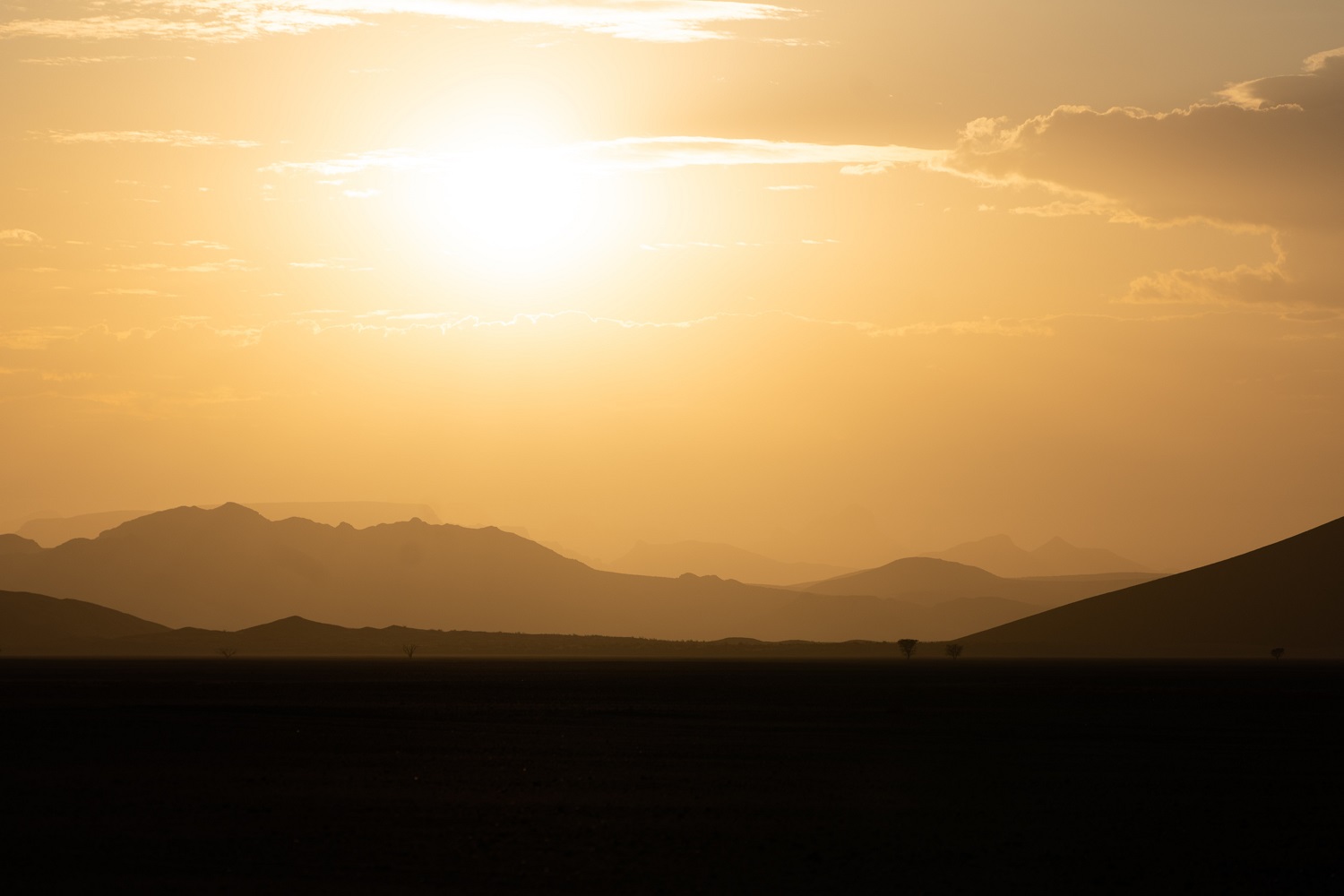Increasingly extreme heat puts our lives in danger, threatening our comfort and health a lot. A bold team of researchers has made a new dynamic heat exposure index that traps varying heat exposure within urban environments.
Curious to find out more?
Heat Exposure Index: Features and Other Details
Such development is actually the first time ever when something like that has been proposed. Deepak Mishra is a professor and associate head of the geography department in the Franklin College of Arts and Sciences. He is really proud to be part of the team that came up with such a dynamic heat exposure model dubbed DTEx.
Prof. Mishra explains the process:
“We were able to develop heat sensors in our lab, mount them on vehicles, acquire highly granular air temperature, and use cellphone location data to develop a high-resolution thermal profile of campus and the city.”
How great is that?
Project insights
As previously said, the index is something that hasn’t been realized before. It has huge implications in the future, mainly because we need personalized heat exposure warnings right from our smartphones.
So, how the index actually works?
According to researchers, they needed to combine heat hazards patterns and human movement patterns via machine learning models from air temperature information recorded by sensors placed on 40 Athens-Clarke County and UGA buses.
Those sensors are really intriguing because they’re highly accurate. They can take readings every 5 seconds, and so far, the team has approximately 20 million data from over 2 years.
Moreover, researchers needed to prove how DTEx works. So, they compared a regular Saturday in Athens to a UGA football match. DTEx revealed a significantly higher thermal heat exposure right next to the stadium. But, the heat was reduced farther away.
How can we use the DTEx?
Municipalities can use the new dynamic heat index to promote mitigation strategies at locations in danger and support policymakers in choosing the best urban planning and risk communication approaches.























Leave a Reply